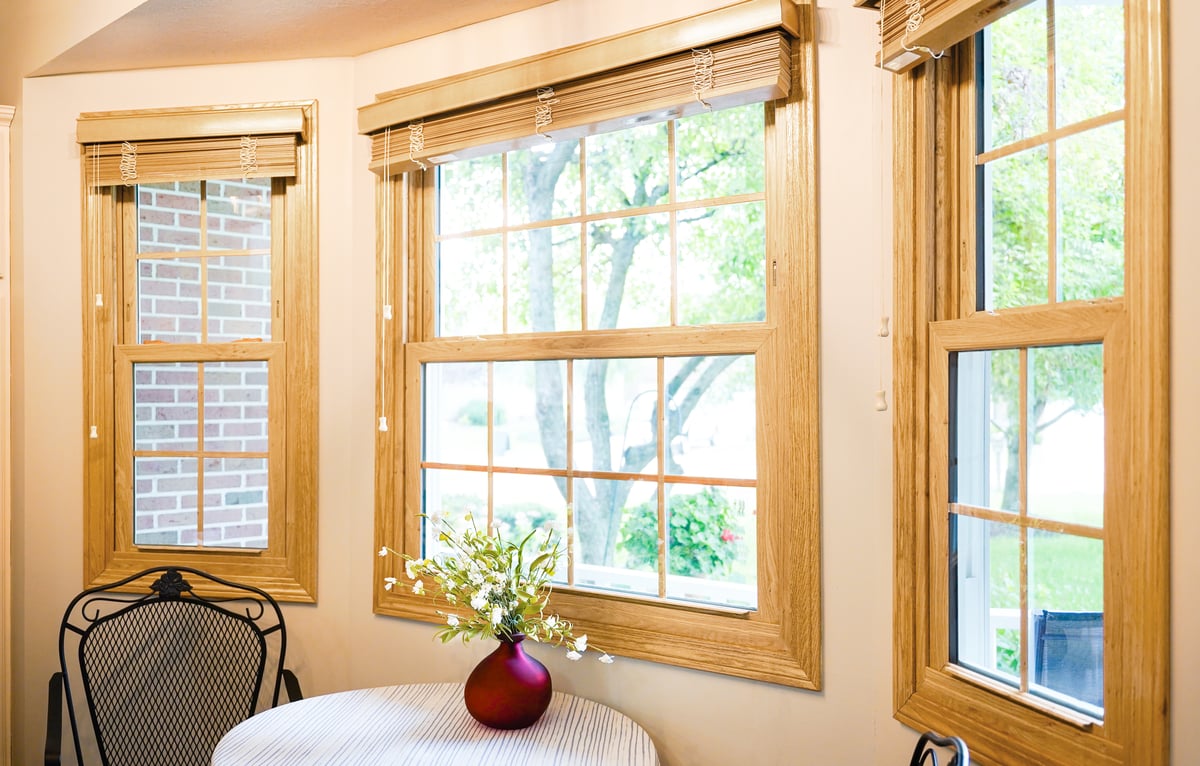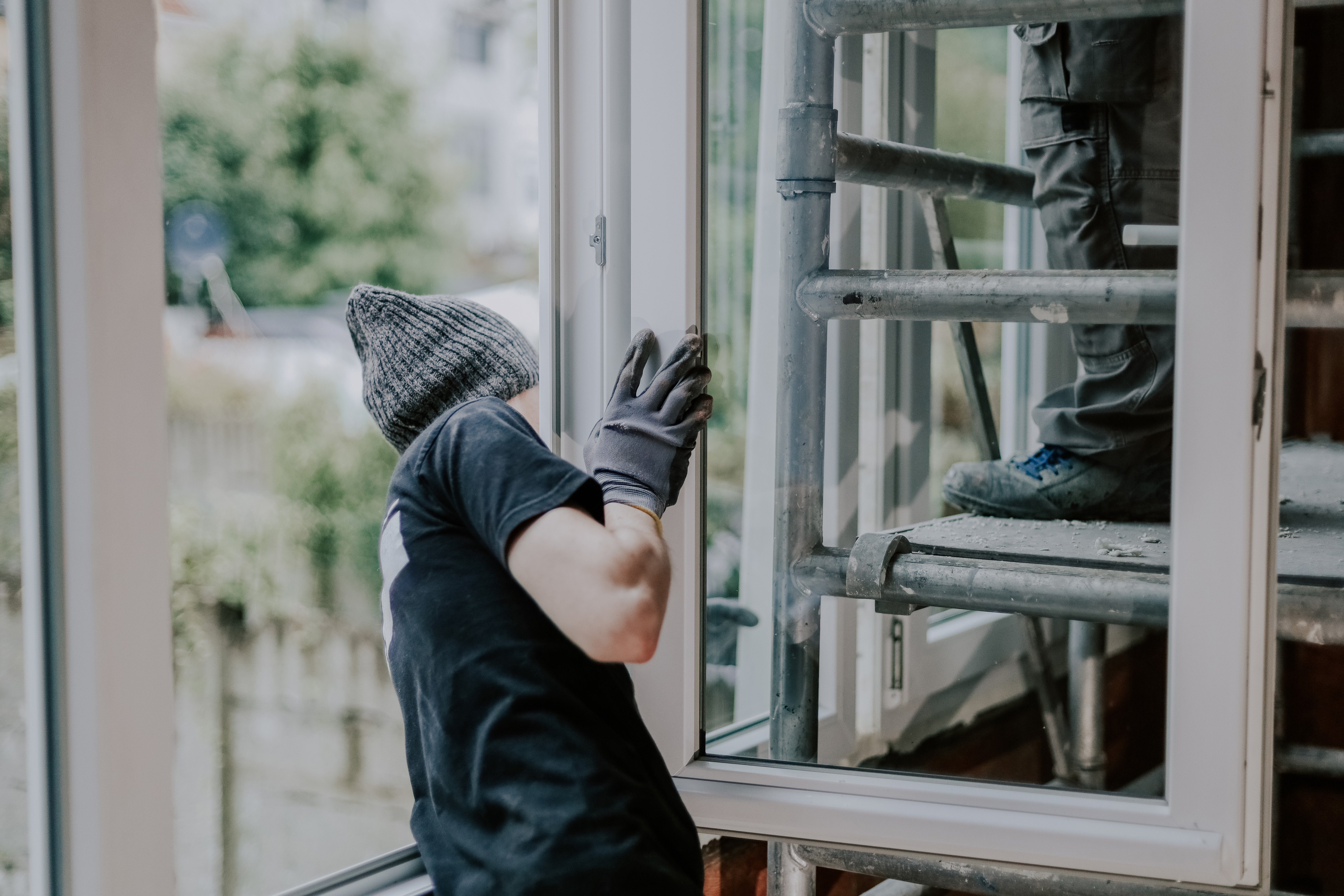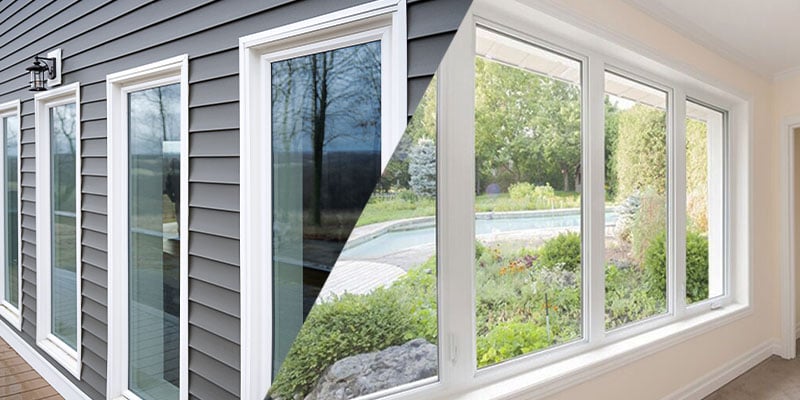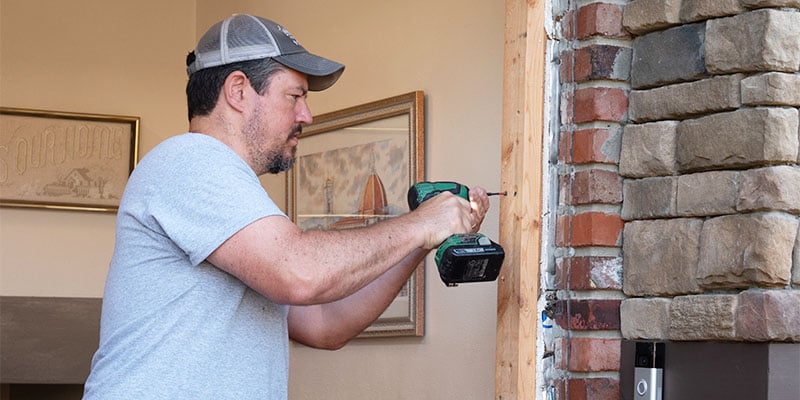Is 2026 the Right Time to Replace Your Windows? 3 Questions Every Homeowner Should Ask First
November 12th, 2025
6 min read
By Chris Saxton

Is your home losing money through the windows without you even realizing it? Drafts, condensation, rising energy bills; these are all signs your windows may be costing you comfort and cash.
But with 2026 approaching, should you replace them now or wait?
You’re not alone in asking this. Many Pittsburgh homeowners are trying to figure out if it’s smarter to move forward with a window replacement or hold off and hope prices or incentives improve.
In this article, you’ll get clear answers to the three most important questions every homeowner should ask before committing to a window replacement in 2026. We’ll break down what drives pricing, how the seasons and incentives affect your timeline, and how to know when your windows are truly past their prime.
By the end, you’ll know whether replacing your windows in 2026 or getting ahead of the curve now makes the most sense for your home, budget, and goals.
Quick Takeaway:
Window replacement prices are projected to rise 5–10% by 2026, and federal tax credits expire at the end of 2025. For Pittsburgh homeowners, acting before spring 2026 could save hundreds per window and lock in current incentives.
Table of Contents
-
When should you really start thinking about replacing your windows?
-
What might window replacement actually cost in 2026 (and why)?
-
How can you get the best value (and real ROI) from your new windows?
-
What could happen if you wait until after 2026 to replace them?
-
Quick answers to common homeowner questions about planning a 2026 project
1. Is It Time for Your Windows to Be Replaced?

What are the warning signs that your windows are nearing the end of their lifespan?
Most windows last 15–25 years, but as they age, they lose energy efficiency and comfort. There are several telltale signs that reveal it’s time for an upgrade:
-
Drafts or uneven room temperatures
-
Cracked or brittle caulking around the frame
-
Condensation or fogging between panes
-
Difficulty opening or closing windows
-
A rise in utility bills
-
Fading or outdated curb appeal
You might also feel a “cold spot” near large glass panes, especially in winter. That’s heat loss through outdated glass pulling heat from your home, which lacks the low-emissivity coatings found in modern Energy Star® certified windows.
Older windows don’t just cost you comfort; they cost you money. The U.S. Department of Energy estimates that inefficient windows account for 25–30% of residential heating and cooling energy use.
How do Pittsburgh’s weather patterns accelerate window wear?
If you’ve lived in the Pittsburgh area long enough, you know our climate can be tough on windows. Between freeze–thaw cycles, heavy humidity, and year-round precipitation, our homes endure conditions that test even high-quality materials.

In fall and winter, many homeowners start noticing issues that went unseen during summer, like drafts, condensation, or glass fogging. Snow and ice can weaken seals, allowing moisture to creep in and reduce performance.
That’s why windows designed for this region perform best. Energy Swing Windows manufactures and installs windows locally, built specifically for Western Pennsylvania’s four-season climate, meaning your investment is made to last where you live.
2. How Much Might Window Replacement Cost in 2026 and What Factors Could Change It?
If you’ve been holding off on window replacement hoping prices might drop, here’s what the current trends are really showing.
How are material and labor prices trending for 2026?
Across the home improvement industry, material and labor costs are expected to rise by 10–15% over the next three years if inflation remains steady. That means in 2026, you could see roughly a 5% increase in window pricing compared to current rates.
While that might not sound like much, material price increases can add up fast; factors like glass shortages, metal tariffs, or fuel costs can also impact pricing, depending on global supply and demand. Plus, shortages of qualified installers will further push up labor costs.
On average, Pittsburgh homeowners spend between $900 and $1,800 per window, depending on style, size, and material. That means delaying your project could easily add hundreds or even thousands to your total cost.
Projected Window Replacement Cost Increases (2025–2027)
| Window Style | Price Range 2025 | 2026 (+5%) | 2027 (+5%) |
|---|---|---|---|
|
$1,000–$2,200 |
$1,050–$2,310 |
$1,102.50–$2,425.50 |
|
|
$800–$2,400 |
$840–$2,520 |
$882–$2,646 |
|
|
$1,500–$2,700 |
$1,575–$2,835 |
$1,653.75–$2,976.75 |
|
|
$1,000–$2,200 |
$1,050–$2,310 |
$1,102.50–$2,425.50 |
|
|
$9,000–$20,000+ |
$9,450–$21,000+ |
$9,922.50–$22,050+ |
Scroll sideways to see all columns
What rebates or tax credits could apply in 2026?
The current Federal Energy Star® tax credit offers up to $600 back for qualifying window replacements… but it’s set to expire on December 31, 2025.
As of now, no new rebates or incentives have been announced for 2026, so homeowners aiming to maximize savings needed to have projects installed before the end of 2025
When is the best time to schedule installation to avoid price hikes?
Timing matters. Many national manufacturers raise prices annually in January, but Pittsburgh companies tend to adjust around February 1st, right before the spring season begins.
That means buying in December or January can help you secure 2025 pricing before the increase hits.
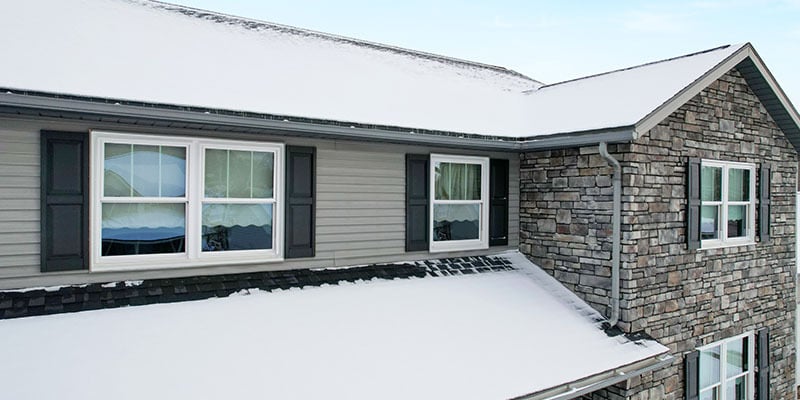
And yes, you can replace windows in winter. Proper cold-weather installation methods use climate-specific sealants and insulation to ensure airtight performance without energy loss.
Want to learn more about winter installations? Read Can You Replace Your Windows in Winter? A Pittsburgh Homeowner’s Guide.
3. How Do You Make Sure Your 2026 Window Project Pays Off?
Before you start comparing window quotes, it’s worth understanding what really drives long-term value and why not all installations deliver the same return.
Which materials and installation methods deliver the most long-term value?
When it comes to maximizing ROI, choosing the right product is important, but installation quality makes or breaks performance. Even the best windows won’t perform properly if they’re not sealed, flashed, or insulated correctly.
That’s why Energy Swing’s employee installation teams matter. Every technician is trained and certified to handle full-frame replacements, precise sealing, and insulation that meets or exceeds Energy Star standards.
■ Mid Atlantic Region ■ National Average
| Project | Job Cost | Resale Value | Cost Recouped |
|---|---|---|---|
| Replacement Windows | Wood | $27,060 | $25,799 | $15,424 | $16,222 | 57% | 62.9% |
| Replacement Windows | Vinyl | $22,235 | $21,264 | $12,378 | $14,270 | 55.7% | 67.1% |
👉 Scroll sideways to view all columns
These aesthetic updates can elevate your home’s look and boost resale value by 60–70% of the project cost, according to Remodeling Magazine’s Cost vs. Value Report.
Want a deeper breakdown of how new windows affect home resale value in Pittsburgh? Read “How Much Value Do New Windows Add?” to see what kind of ROI you can realistically expect.
What project planning strategies help maximize your investment?
Not every homeowner needs to replace all their windows at once. A professional evaluation can help identify which windows are most vulnerable, often those on the south- or west-facing sides, where sun and weather exposure are strongest.
Flexible financing options can also help you spread out the cost while locking in today’s prices. Some plans allow you to defer payments for 12 months interest-free, so you can replace more windows now and pay later.
What Could Happen If You Wait Until After 2026?
Delaying your project could mean facing two years’ worth of price increases, potentially 10% or more. Even more concerning, existing leaks or water damage could worsen over time, leading to costly structural repairs later on.
Think of it like a small hole in your jeans: it takes a while to appear, but once it does, it grows quickly. Windows work the same way. Once seals start breaking down, deterioration accelerates.
From a resale standpoint, homes with newer, energy-efficient windows tend to sell faster and at higher prices. Plus, you’ll enjoy lower energy bills while you’re still living there.
So, Is 2026 the Right Time for You?
You now have a clearer picture of what could happen if you wait to replace your windows until 2026 or beyond. You’ve seen how rising costs, expiring tax credits, and Pittsburgh’s climate all play a role in your decision-making.
If you’ve noticed cold spots, high energy bills, or seals breaking down, waiting might cost more than you think, not just in dollars, but in comfort, energy waste, and potential damage that worsens over time.
Your next step? Schedule a no-pressure estimate to compare current vs. 2026 pricing, and get expert insight into your home’s specific needs. Even if you decide to wait, you’ll have a plan and peace of mind.
At Energy Swing Windows, we’re here to help you make the right call, not rush into one. Let’s find out if 2026 is the year for your window replacement or if another plan makes more sense for you.
FAQ: Planning a 2026 Window Project
Q1: How far in advance should I get estimates for 2026 projects?
Most homeowners take 6–12 months from initial research to signing a contract. Because manufacturing and installation can take 8–12 weeks, it’s best to start planning at least a few months before your preferred installation season.
Q2: Can I replace windows in the winter without energy loss?
Yes—Energy Swing’s winter process ensures your new window is ready before the old one is removed, minimizing heat loss even on cold days.
Q3: Will Energy Swing pricing change with 2026 energy standards?
Expect a 5% average increase, depending on material and market conditions.
Q4: Are new rebates or incentives expected in 2026?
None have been confirmed yet, so it’s wise to schedule before the 2025 program deadline.
Q5: Should I replace all my windows at once or in stages?
It depends on your home’s condition and budget. Phasing can make sense if certain areas are worse than others—but remember, doing everything at once avoids future price increases.
Chris Saxton is a Client Consultant at Energy Swing Windows and has been with the company since 2001. He is passionate about finding the best solutions for every homeowners project while educating them along the way.
Topics:










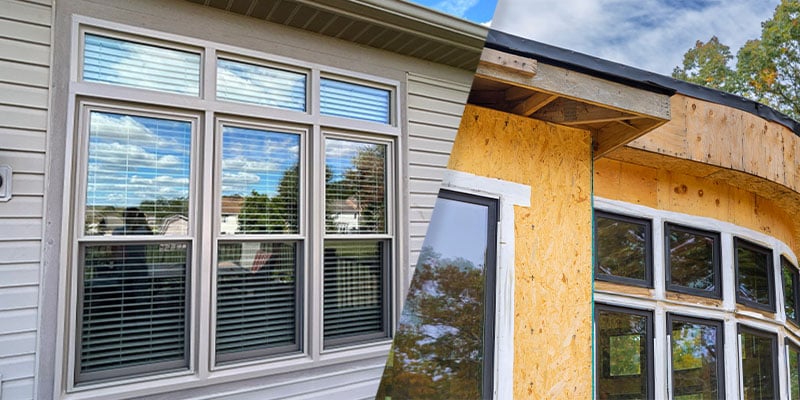
.jpg?width=1200&height=550&name=Copy%20of%20Copy%20of%20ESW%20Collage%20Template%20(3).jpg)
